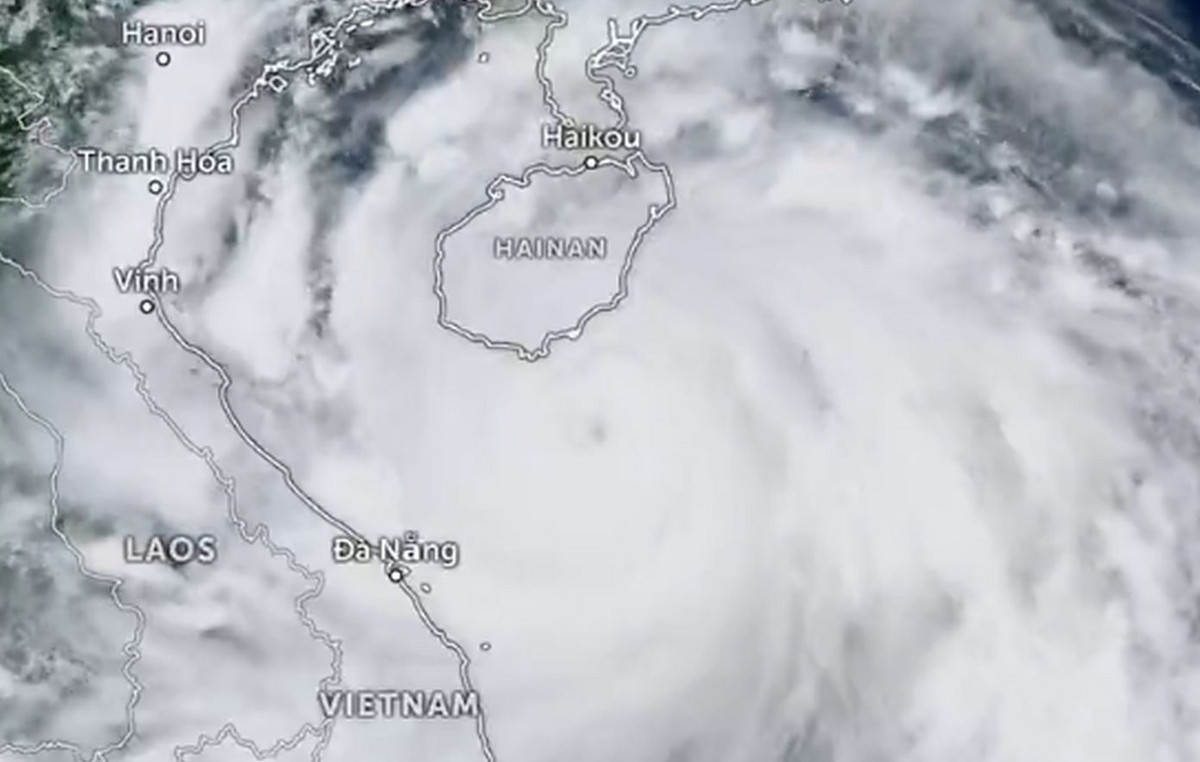Of Thanks to Floudopoulos
The European Commission yesterday gave the green light for the new aid scheme of 2.27 billion euros to support the production of electricity from RES.
Following the approval, the Ministry of Energy and the Energy Regulatory Authority are expected to prepare the decisions for the announcement of the first tender for photovoltaic and wind farms with the feed in premium aid regime.
The goal of RIS and RAE is that in the first quarter of 2022, tenders will be announced for the support of RES projects of total power and for the technologies of terrestrial photovoltaic and wind.
The most probable scenario is the first tender to be held in March and will include a quota for each technology, higher for photovoltaics and lower, of the order of 30% for wind.
In fact, in order for the procedures for the competitions to run, RIS is expected to take decisions to limit the bureaucracy in announcing and conducting the competitions.
Specifically, among other things, the participants are examined to be able to take part while presenting the necessary supporting documents. The aim of RIS is to run the procedures quickly, to mobilize investors but also to achieve low prices.
The new shape
The new scheme notified to the EU concerns the support of RES and in particular of onshore photovoltaic, wind, wind and photovoltaic equipment with storage equipment, biogas, biomass, as well as hydroelectric, geothermal and concentrated power plants. The scheme will also support high-efficiency cogeneration of electricity and heat.
For onshore wind and solar installations, the aid will be granted through a joint tender process, organized by Greece in order to increase competition and reduce the cost of renewable energy for Greek consumers, both on the mainland and on the islands. .
Greece also plans to fund projects outside Greece.
Support for electricity generation from other renewable energy technologies will be provided directly, subject to certain thresholds above which tender procedures will apply.
With regard to the support for the generation of electricity to be auctioned, the aid will take the form of a two-way contract premium.
According to this model, when the price of electricity is lower than a reference price determined on the basis of an auction, the state pays the producer of electricity from renewable sources the difference between the actual price of electricity and the reference price.
On the other hand, when the price of electricity exceeds the reference price, the electricity producer pays to the State the difference between the actual price of electricity and the reference price.
This guarantees long-term price stability for renewable energy producers, and helps them make the necessary investments, while reducing costs for the state.
With regard to aid to support the production of electricity from non-auction technologies, a similar mechanism will be applied with the difference that the reference price will be in line with the production costs of this technology.
The total maximum budget for this measure is around EUR 2.27 billion and aims to support around 4.2 GW of installed capacity. The scheme is open until 2025 and the aid can be paid for a maximum period of 20 years.
.
Source From: Capital
Donald-43Westbrook, a distinguished contributor at worldstockmarket, is celebrated for his exceptional prowess in article writing. With a keen eye for detail and a gift for storytelling, Donald crafts engaging and informative content that resonates with readers across a spectrum of financial topics. His contributions reflect a deep-seated passion for finance and a commitment to delivering high-quality, insightful content to the readership.







